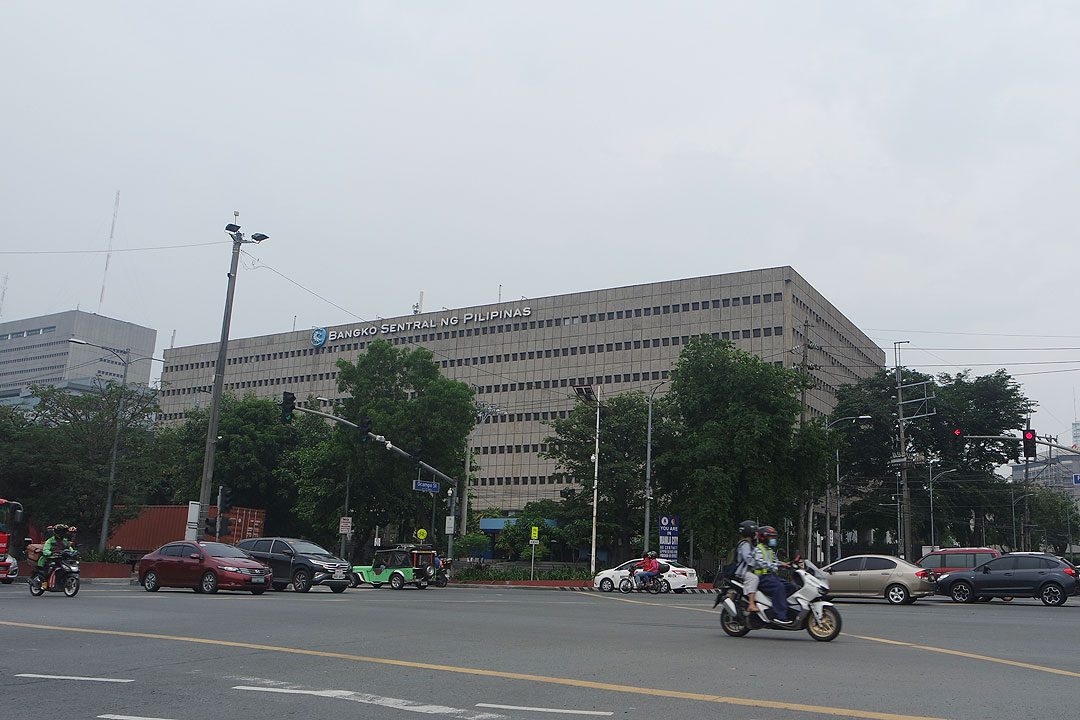BSP says P1,000 bill featuring heroes will not be demonetized

THE CENTRAL BANK said the current P1,000 bill featuring World War II heroes will not be demonetized and will continue to be circulated along with polymer banknotes with a new design to be launched next year.
“Heroes will remain heroes whether they are in the notes or not. The P1,000 paper banknote featuring Jose Abad Santos, Vicente Lim, Josefa Llanes Escoda will remain in circulation alongside with the new 1,000-piso polymer banknotes,” Bangko Sentral ng Pilipinas (BSP) Governor Benjamin E. Diokno said at a briefing on Monday.
“Under my watch, there will be no demonetization of any denomination. The BSP will continue to print the existing P1,000 paper banknotes feature the three heroes even as we circulate the 1,000-piso polymer banknotes,” he added.
Mr. Diokno on Saturday unveiled the design for the polymer P1,000 bills that will be in limited circulation by mid-2022.
The polymer bills feature the Philippine eagle as the design of its front side, a departure from the current banknotes which have the three heroes.
“It depicts strength and freedom of Filipinos as well as independence and clear vision of the BSP to help achieve a better and more inclusive economy,” Mr. Diokno said.
The BSP’s new design for the P1,000 bill was met with criticism from different organizations and even lawmakers as they said removing heroes from banknotes could contribute to the historical revisionism already happening in the country.
The current P20, P50, P100, P200 and P500 bills in circulation feature former presidents Manuel L. Quezon; Sergio V. Osmeña, Sr.; Manuel A. Roxas; Diosdado P. Macapagal; and Corazon C. Cojuangco together with his husband Senator Benigno S. Aquino, Jr., who was assassinated during the administration of the dictator Ferdinand E. Marcos.
However, Mr. Diokno said featuring flora and fauna in banknotes will also promote the country’s culture.
“Like the heroes’ theme, the flora and fauna theme will also demonstrate our pride and distinction as a people and a nation. It will remind us of our nation’s commitment to ensure a sustainable future for everyone,” he said.
The BSP chief earlier said central banks around the world improve the designs of their banknotes every 10 years on average.
The current series of Philippine banknotes first went into circulation more than 10 years ago.
Mr. Diokno said they will assess from the trial circulation of the polymer bills whether they will use the material and design for wider distribution, considering the lifespan of the banknotes in local conditions.
The BSP partnered with the Reserve Bank of Australia (RBA) for the pilot testing of the polymer bills. These notes will be delivered by RBA’s subsidiary by April next year.
Some countries that have used polymer for their banknotes include Canada, Australia, New Zealand, Malaysia, Vietnam, Mexico, and Fiji.
PROBE SOUGHT
Lawmakers from the progressive Makabayan bloc are seeking an investigation at the House of Representatives into the removal of World War II heroes in the new design of P1,000 banknote.
Bayan Muna Rep. Carlos Isagani T. Zarate, Eufemia C. Cullamat, and Ferdinand R. Gaite filed House Resolution 2412 urging the Committee on Banks and Financial Intermediaries to look into the matter.
“Banknotes represent not just a country’s tourist attractions but what a nation holds dear and serves as a constant reminder to its people. Eliminating our heroes from them is a way of erasing them from the Philippine psyche,” the resolution said.
The Makabayan lawmakers said the design change would be “a divisive revisionist makeover.”
They added that the removal of the war heroes from the new design could “undermine their historical contributions in the defense of the (country’s) freedoms and the fight against foreign aggression.” — Luz Wendy T. Noble and R.L.C. Ku



